
What is the Lifespan of a Digital Thermostat?
TL;DR: The average lifespan of a digital thermostat is typically around 10 years, but this can vary based on factors such as brand quality, installation, maintenance practices, and environmental conditions. Regular maintenance and avoiding extreme temperatures can help extend its life.
In today’s era of technological advancement, the thermostat in a home has significantly enhanced the way we manage our living spaces with digital thermostats. These sophisticated devices not only offer unprecedented control over home temperature settings but also contribute to the overall energy efficiency of our homes. However, like all technological tools, digital thermostats have a finite lifespan, a factor that is paramount for homeowners to understand in order to ensure continuous comfort and optimize energy consumption.
This article delves into the critical aspects of the lifespan of digital thermostats, providing homeowners with comprehensive insights into their durability, the variables that affect their longevity, indicators signaling the need for replacement, and the importance of professional thermostat maintenance and installation to prolong their operational life. By exploring the average lifespan, examining the impact of various factors on their durability, and offering maintenance tips, we aim to equip readers with the knowledge necessary to maximize the efficiency and lifespan of their digital thermostats.
Understanding Digital Thermostats
A digital thermostat is an electronic device that controls the heating and cooling systems in a building or home, allowing users to set and maintain a desired temperature level to control the temperature of the space efficiently and accurately.
Unlike their analog counterparts, which rely on mechanical operations and bi-metallic strips to regulate temperature, digital thermostats use electronic sensors to monitor room temperature and execute control commands based on programmable settings or inputs from the user. Digital thermostats offer several advantages over analog models including:
- Programmability: One of the hallmark features of digital thermostats is their ability to be programmed according to the user’s schedule. This means you can set the thermostat to automatically lower the temperature during hours when you’re away or asleep and increase it when you’re home, reducing energy consumption without sacrificing comfort.
- Accuracy: Digital thermostats offer superior accuracy in temperature settings, often within a degree of the desired temperature. This precision helps avoid the short-cycling of HVAC systems, thereby enhancing efficiency and prolonging the life of heating and cooling equipment.
- Connectivity: Many modern digital thermostats come with Wi-Fi connectivity, allowing users to control their home’s temperature remotely via smartphone apps. This feature not only adds convenience but also enables you to make adjustments to your home’s climate control system from anywhere, ensuring optimal comfort while minimizing energy waste.
- Energy Use Monitoring: Some digital thermostats provide detailed reports on energy consumption, offering insights into your heating and cooling usage patterns. This information can be invaluable for identifying opportunities to save energy and reduce utility bills.
- Smart Home Integration: Integration with other smart home devices and systems is another advantage of digital thermostats. They can work in tandem with smart vents, humidifiers, and home automation platforms to create a more responsive and integrated home environment.
Average Lifespan of a Digital Thermostat
The digital thermostat is a crucial component in modern home climate control systems, offering precise temperature management and energy efficiency. Understanding the average lifespan of a digital thermostat can help homeowners plan for replacements and ensure their heating and cooling systems continue to function optimally.
Generally, digital thermostats are designed to last about 10 years, although this can vary based on several factors including the model, brand, usage patterns, and maintenance practices. High-quality thermostats from reputable brands often exceed this average lifespan, thanks to superior materials, advanced technology, and better build quality. On the other hand, lower-cost models might not last as long, especially if they are not properly maintained or are subjected to harsh operating conditions.
The lifespan of a digital thermostat is also influenced by how it is used and cared for. Regular maintenance, such as cleaning and software updates for smart thermostats, can extend its life. Additionally, the environment in which the thermostat operates plays a significant role; devices exposed to extreme temperature fluctuations, high humidity, or excessive dust may experience shortened lifespans due to increased wear on electronic components.
It’s important for homeowners to monitor their digital thermostats for signs of wear or malfunction as they approach or exceed the decade mark. While many thermostats may continue to operate effectively beyond ten years, their efficiency and accuracy in controlling home temperatures may decline, leading to increased energy consumption and reduced comfort.
Tips to Extend The Lifetime of Your Digital Thermostat
Ensuring the longevity of your digital thermostat not only maximizes your investment but also maintains the efficiency and reliability of your home’s heating and cooling systems. Here are practical tips to help extend the life of your digital thermostat:
- Proper Installation: Ensure your digital thermostat is installed by a professional. Correct installation is crucial to avoid issues such as inaccurate temperature readings or improper communication with your HVAC system, which can strain the device over time.
- Regular Maintenance: Keep your thermostat clean and free from dust and debris, which can interfere with its sensors and electronics. Use a soft, dry cloth to gently wipe the exterior. For smart thermostats, follow the manufacturer’s guidelines for interior cleaning or consult a professional.
- Avoid Direct Sunlight and Drafts: Place your thermostat away from direct sunlight, drafts, doorways, windows, and other sources of heat or cold. Exposure to extreme temperatures or rapid temperature changes can cause the thermostat to read temperatures inaccurately, leading to unnecessary cycling and wear.
- Update Software Regularly: For smart thermostats, ensure that the device’s firmware is always up to date. Manufacturers often release software updates that improve functionality, fix bugs, and sometimes enhance the device’s ability to conserve energy.
- Check Battery Regularly: If your thermostat uses batteries, check and replace them regularly to avoid power loss, which can reset programmed settings and cause the thermostat to malfunction. A low battery can also lead to inaccurate readings and reduced performance.
- Minimize Manual Overrides: While it’s often necessary to adjust your thermostat settings manually, frequent changes can put additional stress on your HVAC system and the thermostat itself. Stick to programmed schedules as much as possible to minimize wear and tear.
- Monitor and Adjust Settings for Efficiency: Regularly review and adjust your thermostat settings to ensure they are optimized for both comfort and energy efficiency. Avoid setting your thermostat to extreme temperatures to reduce the strain on your HVAC system and the thermostat.
By following these tips, you can help ensure that your digital thermostat operates efficiently and lasts as long as possible. Proper care and minimal stress on the device contribute to prolonged life, saving you from premature replacements and maintaining optimal home comfort.
Signs Your Digital Thermostat Needs Replacing
Knowing when to replace your digital thermostat is essential for ensuring your home remains comfortable and your energy bills stay reasonable. There are several key indicators that your thermostat may be nearing the end of its useful life or is already malfunctioning. Recognizing these signs can help you address issues proactively, avoiding discomfort and inefficiency.
- Inaccurate Temperature Readings: If there’s a noticeable discrepancy between the thermostat’s reading and the actual feel of your home’s temperature, it might indicate sensor failure or internal issues. This discrepancy can lead to inefficient heating or cooling, as the system may not activate when needed or might run excessively, leading to higher energy costs.
- Frequent Cycling of HVAC System: Unusual on-and-off cycling of your heating or cooling system without any adjustments to your thermostat settings can suggest that the thermostat is failing to accurately maintain the set temperature. This not only stresses your HVAC system, leading to potential repairs, but also impacts your comfort and can significantly raise your energy expenditure.
- Unresponsive Controls or Display Issues: Problems with the thermostat’s interface, such as unresponsiveness to inputs or issues with the display (blank, dim, or flickering screens), are clear signs of electrical problems or failing components. These issues can make it difficult or impossible to adjust settings, hindering your ability to control your home’s climate effectively.
- Consistent Discrepancies in Temperature Control: If using an external thermometer shows a significant difference from your thermostat’s reading, or if you’ve noticed a persistent inability to keep your home at a comfortable temperature, it’s likely time for a replacement. Such issues suggest the thermostat is not accurately detecting temperatures or communicating effectively with your HVAC system.
In summary, it’s always good to be on the lookout for the following signs that indicate your digital thermostat might need replacing. Addressing these issues promptly by replacing your digital thermostat can help ensure that your heating and cooling systems operate efficiently, maintaining your home’s comfort and keeping energy costs in check.
Upgrading Your Digital Thermostat
As technology advances and your digital thermostat ages, there may come a time when upgrading to a newer model is both beneficial and necessary. Upgrading your thermostat can enhance home comfort, improve energy efficiency, and provide access to the latest features in home automation. Here are key considerations when thinking about upgrading your digital thermostat:
- Technological Advancements: Modern thermostats offer significant improvements over older models, including smarter energy usage analytics, more intuitive user interfaces, and better integration with home automation systems. These advancements can lead to substantial energy savings and a more comfortable living environment.
- Compatibility with HVAC Systems: Before upgrading, ensure the new thermostat is compatible with your existing HVAC system. Some high-efficiency systems may require specific types of thermostats to operate effectively. Consulting with a professional can help you choose a model that works seamlessly with your system.
- Smart Features: Many of today’s thermostats are “smart,” meaning they can learn from your habits, be controlled remotely via smartphone apps, and even integrate with other smart home devices. If convenience and efficiency are priorities for you, consider a thermostat with these capabilities.
- Energy Savings: Upgrading to a newer, more efficient thermostat can lead to significant energy savings. Look for models with programmable settings that adjust the temperature based on your schedule, presence detection, or the ability to create heating and cooling zones in your home.
When considering an upgrade, assess your current and future needs, research the latest models, and weigh the initial costs against the long-term benefits. Consult with a professional can ensure that your new device is a good fit for your home and installed correctly. This is particularly important for advanced smart thermostats that offer detailed analytics and integration with other systems.
Professional Thermostat Installation Near You
Understanding the lifespan of a digital thermostat, recognizing when it’s time for a replacement, and knowing how to extend its life are essential aspects of managing your home’s climate control system. With an average lifespan of around 10 years, digital thermostats offer a significant period of efficient service, but their longevity can be influenced by factors such as quality, maintenance, and environmental conditions. Being mindful of the signs that indicate it’s time to replace your thermostat can help ensure your home remains comfortable and energy-efficient year-round.
For homeowners looking to optimize their home’s climate control system, whether it’s time for a routine maintenance check, an upgrade to a smart thermostat, or a complete HVAC system overhaul, Gee Heating and Air is your trusted partner. With decades of experience, our team of certified professionals is committed to providing top-notch service, from expert installation of the latest digital thermostats to efficient maintenance practices that extend the life of your device.
Frequently Asked Questions About Digital Thermostats
How long does a digital thermostat typically last?
The average lifespan of a digital thermostat is around 10 years. However, this can vary depending on the brand, quality, how well it’s maintained, and the environment in which it’s used.
How can I extend the lifespan of my digital thermostat?
The lifespan of a digital thermostat can be extended with regular maintenance, such as cleaning, proper installation, avoiding exposure to extreme temperatures, and updating its software if applicable.
When should I consider upgrading my digital thermostat?
Consider upgrading your digital thermostat if it’s nearing the end of its average lifespan, showing signs of malfunction, or if there are newer models available that offer better efficiency and features to suit your home’s heating and cooling needs.
Table of Contents
More Articles
Categories
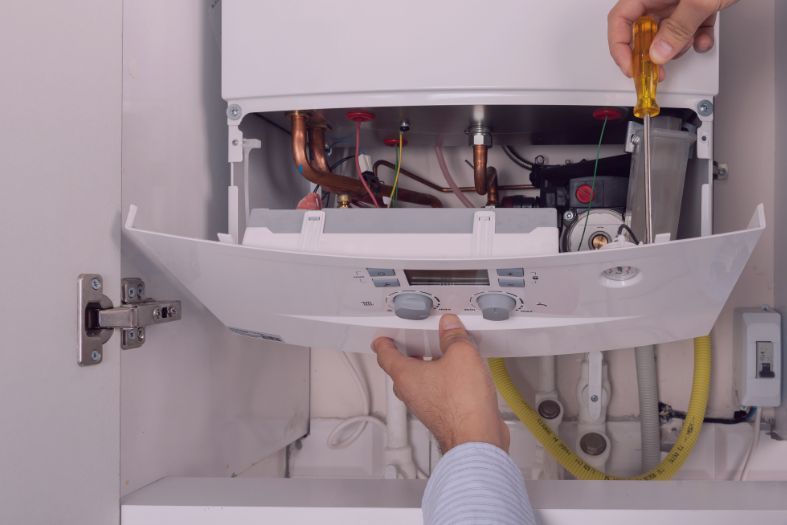
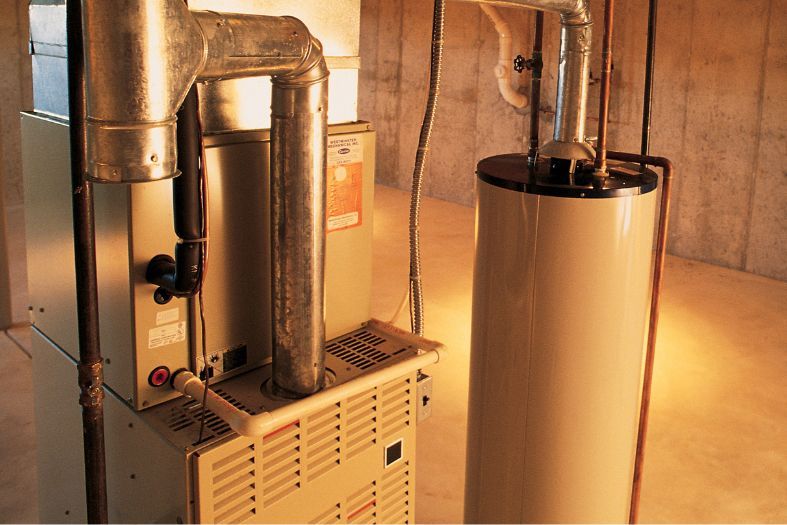
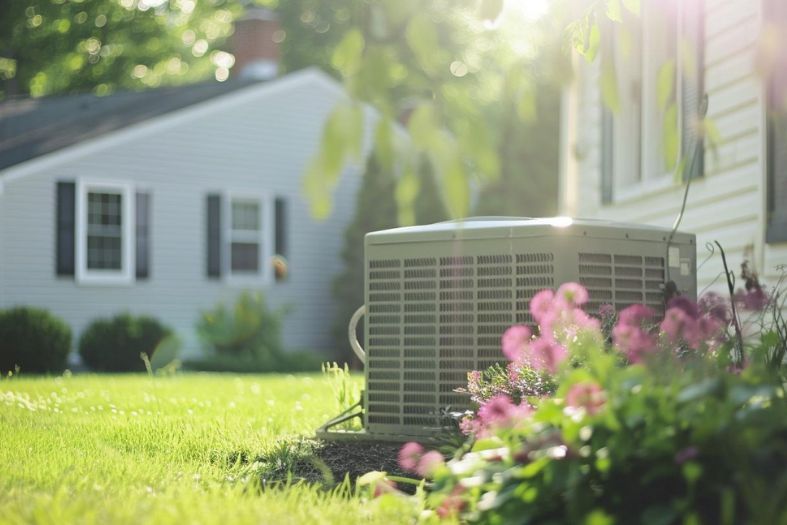
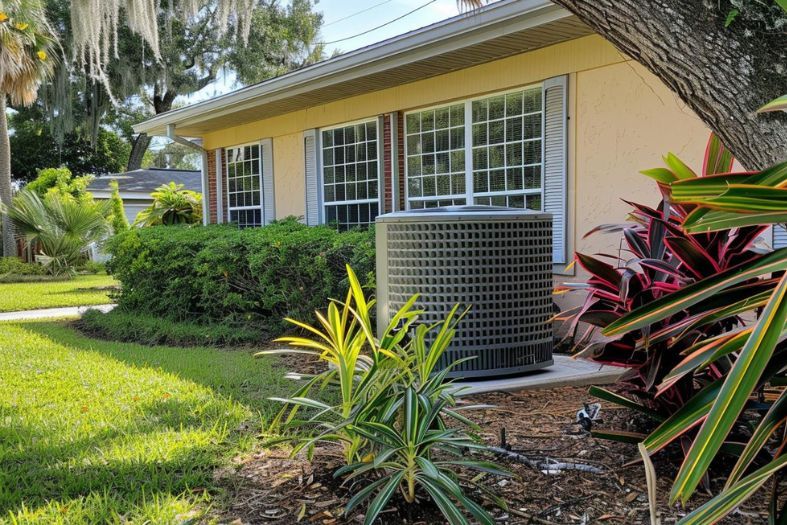



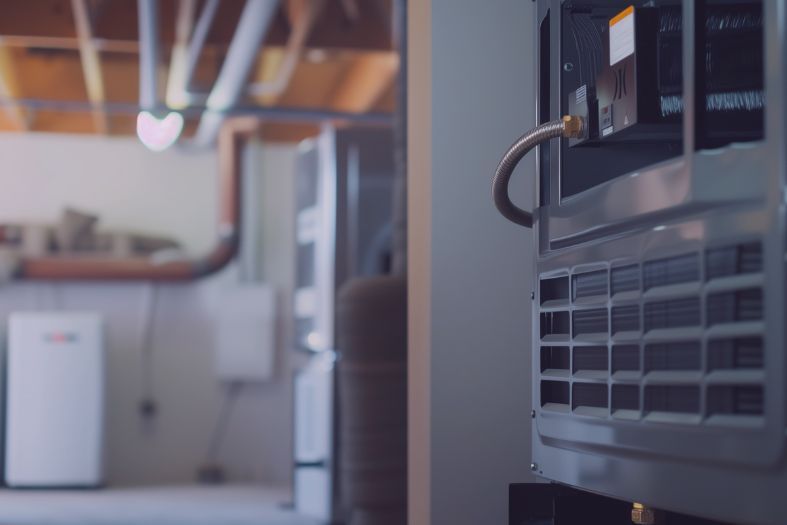
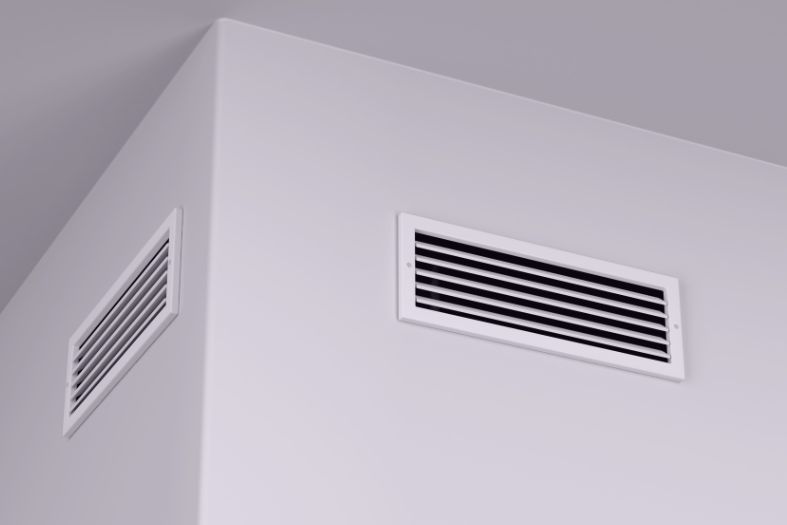
Leave a Reply